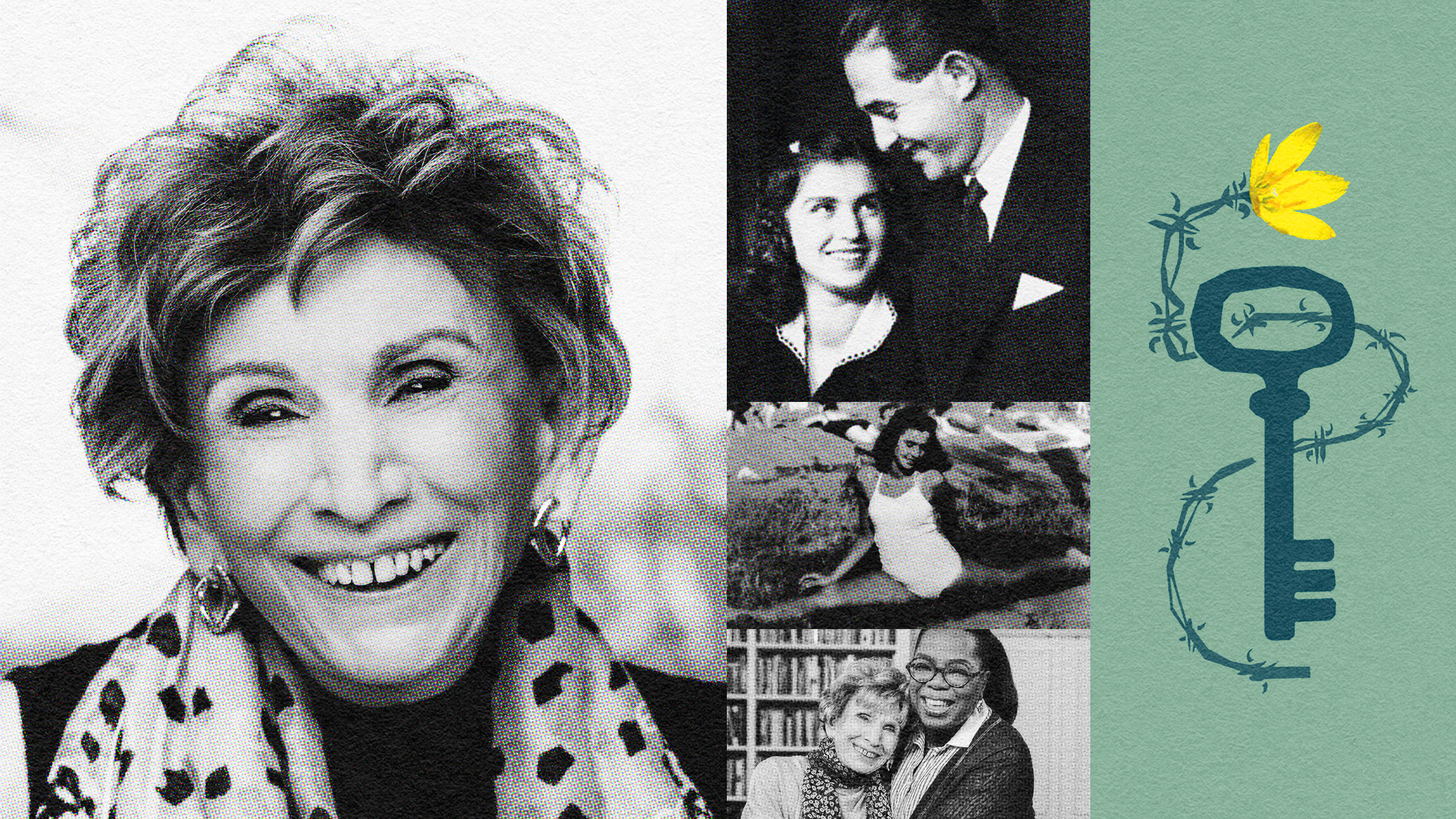Not Joan Didion

It is true: Eat, Pray, Love was not for everyone—although it was for many, many people, over five million people—mainly women. Women went so mad for the novel they not only bought it in droves, they lived it—or tried to. Oprah chose it. Critics were kind. There was a sense that in this book its author, Elizabeth Gilbert, had tapped into, as it were, a new “truth universally known:” we must leave our lives to find ourselves. And, sometimes, that means leaving a marriage. Yet now, with Gilbert’s new book being reviewed, and subtly ravaged, by female critics, we can consider the other women. Women who never loved the first book in the first place. Women who wished Gilbert could be more like Joan Didion.
We all crave stories. As Didion put it, “we tell ourselves stories in order to live.” And the story of the breakdown of a marriage—or, more broadly, of the loss of something central in one’s life—is a classic trope in the annals of women’s fiction. See Jane Austen. Or, more recently, see Isobel Gillis’ Happens Every Day. Yet what was it that so many women once loved about Eat, Pray that so many others now openly condemn?
Reading the retrospective looks at Eat, Pray, it is hard not to wish Gilbert could have been more like Didion. Didion wrote about heartbreak and loss. She wrote about wanting to find oneself. She wrote about love. We all need stories of loss and reinvention, of bad boys loved by smart women, of interior landscapes of confusion and longing. But Didion was sui generis: the Cool, Bright Girl who we wanted to listen to. What Michael Cunningham called her “lethally perfect sentences, which she seems to sculpt out of dry ice” are what we miss most with each new poke at Gilbert’s Committed, especially as most reviewers also detail aspects of the Eat, Pray phenomenon. Didion is not phenomenological; she’s iconic.
Gilbert and Didion have very little in common, in one respect, but there are parallels: Didion gave us, at the start of her career, a story of a broken heart, and a journey. Play It As It Lays was the Ulysses of feminine narrative voice, and anomie. Most recently, she gave us a perfect, and devastating elegy, The Year of Magical Thinking. Her stories of loss possess a level of literary consistency coupled with an absence of authorial narcissism, and this lets us fall in love—intellectually and emotionally—with the voice. We want more. We don’t tire. There is nothing trendy.
We cannot know what Elizabeth Gilbert will give us next; we hope it will be brilliant. And we can admire her success without conceding, completely, to her vision of What Works. She has her path, and we will likely hear—and read—more about it as she lives it. Yet rather than rant about Committed, why not read, or re-read, Didion. When Cunningham introduced her at the 2007 National Book Awards he said, “you could set a drink down on a Joan Didion sentence.” Of which other contemporary writers is this true?
Here is the full paragraph from her White Album:
“We tell ourselves stories in order to live. The princess is caged in the Consulate. The man with the candy; will lead the children into the sea. The naked woman on the ledge outside the window on the sixteenth floor is a victim of accidie, or the naked woman is an exhibitionist, and it would be ‘interesting’ to know which. We tell ourselves that it makes some difference whether the naked woman is about to commit a mortal sin or is about to register a political protest or is about to be, the Aristophanic view, snatched back to the human condition by the fireman in priest’s clothing just visible in the window behind her, the one smiling at the telephoto lens. We look for the sermon in the suicide, for the social or moral lesson in the murder of five. We interpret what we see, select the most workable of multiple choices. We live entirely, especially if we are writers, by the imposition of a narrative line upon disparate images, by the ‘ideas’ with which we have learned to freeze the shifting phantasmagoria which is our actual experience.”





